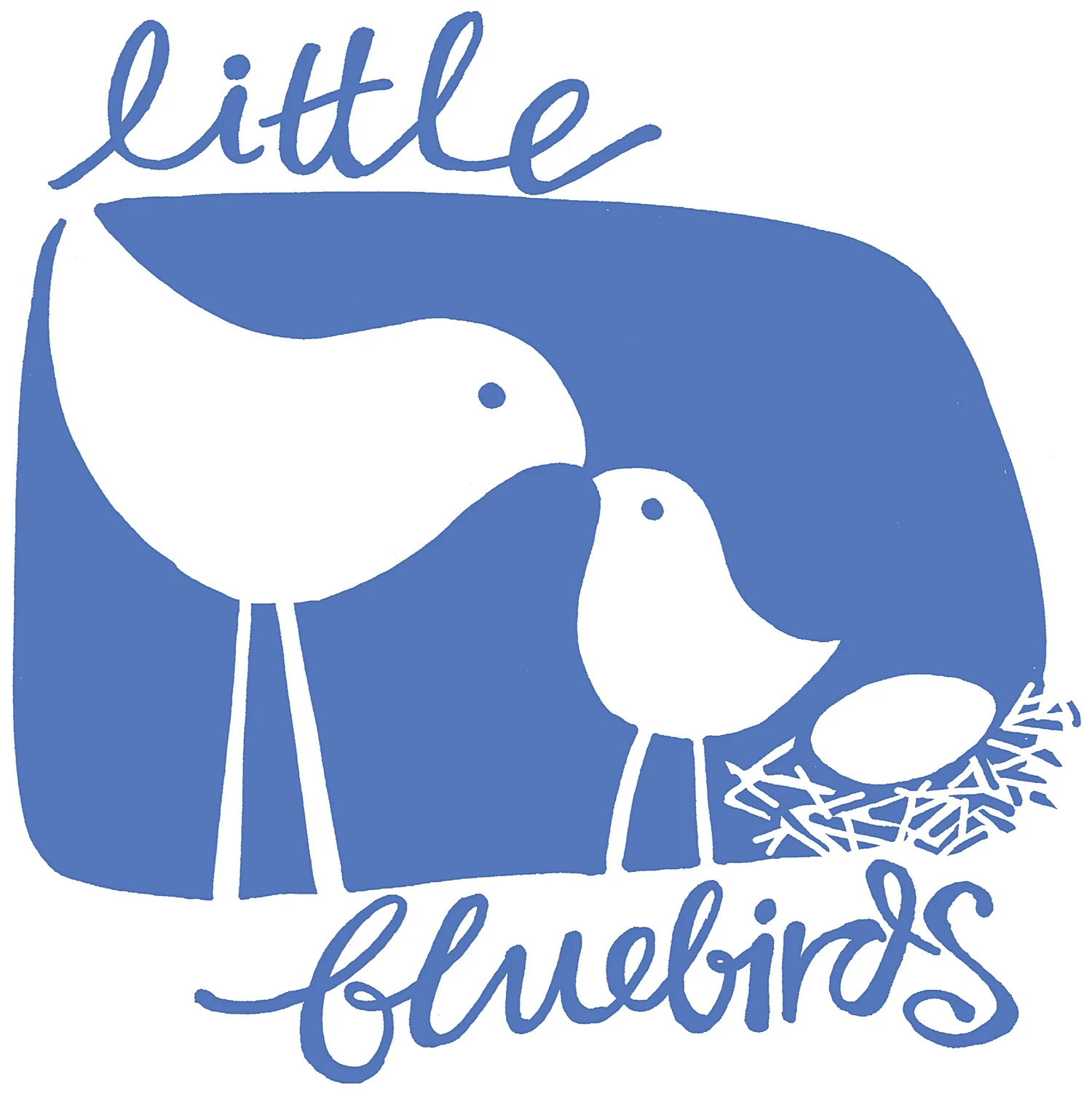Colouring their world
What an amazing world we live in, bursting with colours and shapes. Our jaded adult eyes may take these things for granted, but to a bright-eyed bub even simple colours and shapes are vibrant and fascinating.
I loved hearing the happy gurgle of my babies, snug in a pram positioned under a tree as I hung out wet washing, fascinated by the changing shapes that leaves made against the sky. Children view their shiny new surroundings through the eyes of an optimist, they soak in all they discover - and in doing so they learn to make sense of the world around them.
Parents know that babies are super sensory, bravely exploring through watching, touching, tasting, smelling and listening. With each passing month their awareness increases and they begin to really notice and identify the things they see around them. From around 18 months they can usually recognize different colours and shapes, but the process of connecting words to images is much slower than the development of the images themselves. Shape and colour are really tricky concepts to grasp, and so it usually takes another year or more until they can link words to the colours and shapes they see.
The recognition of shape and colour mark an important step in a child’s cognitive development. They are, after all, tools that last for life. This ability to distinguish shapes ultimately becomes pre-reading - the alphabet is really just a bunch of shapes, and words are arrangements of those shapes. Likewise, one of the first math concepts that pre-schoolers learn is identifying and categorizing shapes, and the names of colours evolve into rich descriptive language.
This recognition of colours and shapes develops slowly over time - there’s no rush. However, even from a young age, parents can help to support that learning just through the everyday language we use. Here are some easy ideas on how to weave colour and shape recognition into every day:
Name lots of the colours you come across together throughout the day. For example, “Let’s put on your blue jumper now.” “Look at that lovely orange flower.” “That’s a big yellow truck.” Children will usually identify red, blue, yellow and green first.
Notice and name shapes you come across. Find links: “Look… that round moon looks like a ball.”
Have fun reading stories together that celebrate colours and shapes, there are so many lovely ones. Engage with the illustrations - point things out, name them and chat about them.
Mealtimes can be full of shapes and colours. As you offer fruit and vegetables you’ll find an array of colours and shapes on a plate, for example round green peas, square crackers, triangles of yellow cheese.
Blocks are a great toy for exploring and getting playful with both colours and shapes.
Offer colourful art materials such as crayons and paints. Talk to your child about the artworks they create and the colours they have chosen: “Oh, I love that big red shape you made. It’s red just like our car”.
Make some playdough, add food colouring, mix and match colours.
Gather a pasting box with colourful paper scraps, including magazine pages, wrapping paper and even paint sample cards from the hardware store.
Older children often enjoy colour sorting. Safe household objects such as pegs or plastic utensils can be fun to arrange into colour groups. Explore the garden for colourful petals.
Some children like to play with and arrange art materials as much as they like to use them. That’s fine… the simple act of re-capping textas will provide a simple but perfect colour matching opportunity.
Most importantly, have fun and celebrate the colourful world together.








